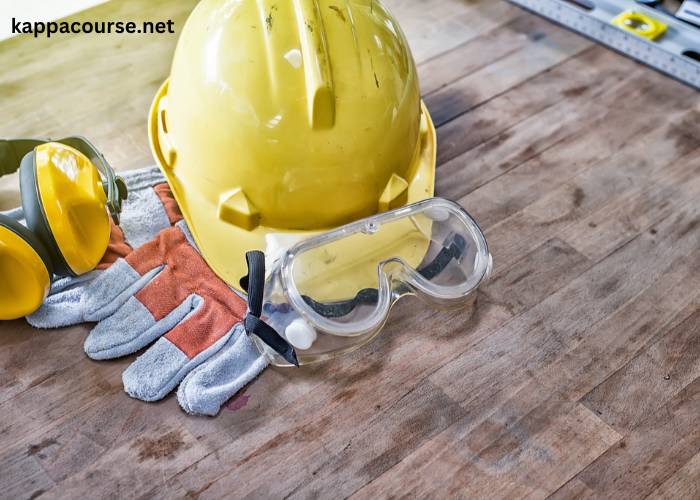Have you ever considered the role of protective equipment in maintaining safety when entering a work environment? Or wondered what measures are in place to keep employees safe from potential hazards? Ensuring a secure work environment goes beyond following instructions; it requires the right protective equipment tailored to the specific tasks and risks involved.
Using work safety gear isn’t just about ticking boxes. It is essential in reducing injuries and maintaining a safe workspace for all. Whether working in construction, manufacturing, or any other physically demanding field, appropriate equipment provides crucial protection, keeping individuals safe from various potential hazards.
Reducing Injuries with Appropriate Equipment
Protective equipment is designed to minimise exposure to risks, significantly reducing the likelihood of injuries. Physical tasks often come with the potential for slips, falls, or other accidents, which can be prevented with the proper gear. For instance, non-slip shoes, gloves, and helmets are essentials in industries where accidents can have severe consequences.
Each piece of equipment is tailored to shield different parts of the body, from head protection to impact-resistant gloves. By equipping individuals with the right gear, employers demonstrate their commitment to creating a safe environment where workers feel confident in performing their tasks without undue risk.
Complying with Health and Safety Standards
Every industry is governed by specific safety regulations that mandate the use of protective equipment. Adherence to these regulations ensures a safer environment while also preventing potential legal issues. Businesses that ignore these guidelines not only risk worker safety but also expose themselves to penalties.
Regular audits and inspections help confirm that protective measures meet legal standards, and that all equipment is regularly maintained. By staying compliant, companies can foster a secure environment where workers are well-protected, reducing the likelihood of incidents and reinforcing a culture of responsibility.
Boosting Confidence and Efficiency
Providing adequate protective equipment does more than just guard against accidents; it also enhances worker confidence. When individuals are adequately equipped, they feel safer, allowing them to concentrate fully on their tasks. This increased focus often translates to improved productivity and higher morale.
A confident workforce is more likely to take initiative and work efficiently, as concerns about personal safety are minimised. Equipment such as eye protection, gloves, and hearing protection allows workers to operate comfortably in environments where dust, loud noise, or hazardous materials are present.
Protecting Long-Term Health
Certain work environments pose risks that may not cause immediate injury but can lead to long-term health issues if proper precautions aren’t taken. For instance, prolonged exposure to loud noises, chemicals, or dust can have serious health implications over time. Using the appropriate equipment helps mitigate these risks and protect the overall well-being of individuals.
Hearing protection, respiratory masks, and gloves designed for handling chemicals safeguard employees from potential harm that might not be immediately apparent. By reducing prolonged exposure to hazardous elements, protective gear helps prevent chronic conditions and supports long-term health.
Educating Employees on the Correct Use of Equipment
Having the right protective tools is only part of the safety equation. Workers also need to understand how to use these items correctly. Companies should invest in training sessions that instruct employees on properly using and maintaining their gear, ensuring they know how to handle equipment safely and effectively.
Training should cover the importance of regular inspections, how to identify damage, and when to replace items. Well-informed workers are more likely to use their equipment correctly and understand its significance, further enhancing their safety and reducing potential risks in the workspace.
Work safety gear is essential to creating a secure and efficient work environment. By equipping employees with the appropriate tools, employers ensure both immediate protection and long-term health, fostering a culture where safety is valued and prioritised. This proactive approach benefits not only individuals but also strengthens the overall performance and morale of the team.



